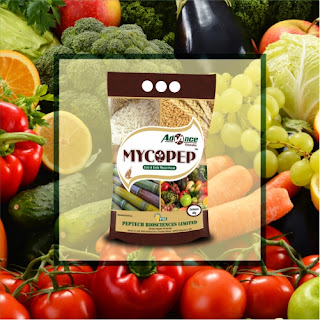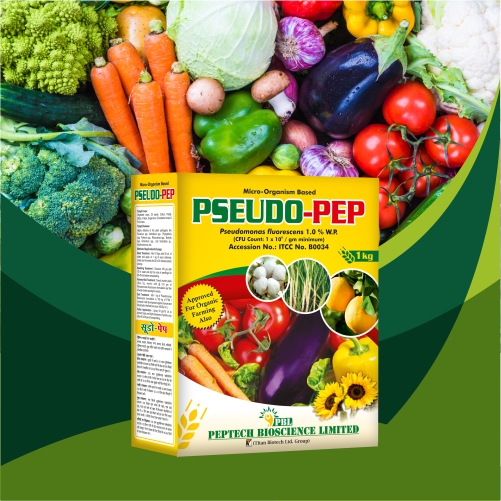What Mycorrhizal Fungi Are and A Few Interesting Facts
Mycorrhizal fungi colonize the roots of many plants.
Mycorrhizal fungi don’t harm the plant; on the contrary, they develop a
"symbiotic" relationship that helps the plant be more efficient at obtaining
nutrients and water. In return, the plant provides energy to the fungus in the
form of sugars.
Here’s how that symbiotic relationship works. The fungus is
actually a network of filaments that grow in and around the plant root cells,
forming a mass that extends considerably beyond the plant’s root system. This
essentially extends the plant’s reach to water and nutrients, allowing it to
utilize more of the soil’s resources.
There are two main categories of mycorrhizae
Vesicular-arbuscular mycorrhizae or VAM. VAM is a type of
endomycorrhizae (endo = inside), and is the most widespread of the mycorrhizae.
These fungi actually reside inside the cells of the plant root. They’re
typically found associated with most grasses, forbs, shrubs, and a few trees
such as juniper. They are generalists, have only a few species, and are slow to
disperse.
Ectomycorrhizae (ecto = outside) grow around the root and
between the root cells, but unlike VAM, the fungus doesn’t actually penetrate
the root cells. The fungus also forms a considerable mass in the soil
surrounding the plant roots. The fruiting, or reproductive bodies, of these
fungi are sometimes visible as something we all recognize— mushrooms!
Ectomycorrhizae are commonly associated with forest trees of temperate regions.
On rangelands, they are found in riparian areas (the places next to water),
open woodlands, and shrub oak communities. They are host-specific, have many
species, and can disperse far and quickly.
Not all fungi are mycorrhizal. There are also fungi that help decompose the organic matter in litter and soil. However, they play a lesser role than bacteria in this important process in semi-arid and arid rangeland soils.



Comments
Post a Comment